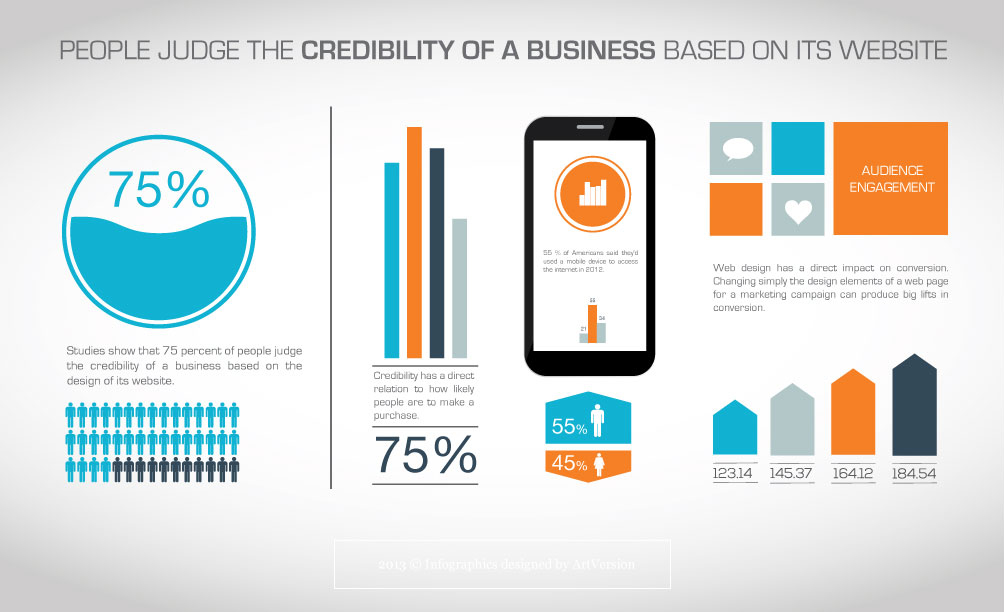Eager To Discover How Site Style Has Changed Over Time? Dive Into The Advancement From Simplicity To User-Focused Experiences.
Eager To Discover How Site Style Has Changed Over Time? Dive Into The Advancement From Simplicity To User-Focused Experiences.
Blog Article
Writer-Jonasson Dodson
In the past, websites were basic and focused on info. Navigation was straight, and style was for desktops. Now, user experience is key. Data guides designs for easy navigation. Receptive designs fit different gadgets. Today, dark setting minimizes pressure, and minimal food selections improve navigating. Interactive features involve customers, and vibrant visuals attract attention. AI integration enhances interaction. See exactly how design has actually developed to enhance your on-line trip.
Very Early Days of Website Design
In the very early days of website design, simplicity preponderated. Internet sites were fundamental, with limited shades, font styles, and layouts. The emphasis was on providing details as opposed to showy visuals. https://www.searchenginejournal.com/signs-digital-marketing-strategy-needs-overhaul/373511/ accessed the net via sluggish dial-up connections, so speed and capability were key.
Navigating food selections were straightforward, generally situated on top or side of the page. Sites were designed for desktop computers, as mobile surfing wasn't yet widespread. Content was king, and developers prioritized easy readability over complicated style aspects.
HTML was the key coding language made use of, and designers had to work within its constraints. Computer animations and interactive features were very little compared to today's requirements. Internet sites were fixed, with little dynamic material or personalized individual experiences.
Increase of User-Focused Design
With the evolution of website style, a change in the direction of user-focused layout concepts has actually come to be progressively popular. Today, producing websites that focus on customer experience is crucial for engaging visitors and attaining organization objectives. User-focused style involves understanding the needs, preferences, and actions of your target audience to customize the web site's layout, content, and includes as necessary.
Developers currently conduct comprehensive research study, such as customer studies and usability screening, to gather understandings and comments directly from users. This data-driven method assists in developing intuitive navigating, clear calls-to-action, and visually enticing interfaces that reverberate with visitors. By putting the individual at the facility of the design process, websites can deliver an extra tailored and enjoyable experience.
Responsive design has additionally become a crucial aspect of user-focused style, ensuring that web sites are enhanced for numerous devices and display sizes. This flexibility improves availability and use, dealing with the varied methods users interact with sites today. Fundamentally, the surge of user-focused style indicates a shift in the direction of creating digital experiences that focus on the requirements and expectations of the end customer.
Modern Trends in Web Design
Discover the most up to date fads shaping website design today. One prominent trend is dark setting layout, using a smooth and modern-day look while lowering eye pressure in low-light atmospheres. An additional key fad is minimal navigating, simplifying food selections and enhancing user experience by concentrating on essential elements. Including micro-interactions, such as computer animated buttons or scrolling results, can create a much more interesting and interactive site. Receptive design remains important, guaranteeing seamless individual experiences throughout different gadgets. Furthermore, making use of strong typography and unbalanced layouts can add aesthetic interest and accentuate certain web content.
Incorporating AI technology, like chatbots for consumer support or customized suggestions, improves customer engagement and simplifies procedures. Access has also become a substantial trend, with designers focusing on inclusive design practices to cater to diverse customer requirements. Welcoming sustainability by maximizing web site efficiency for rate and performance is an additional emerging pattern in web design. Collaborating with customer feedback and data analytics to repeat and enhance style continually is vital for staying appropriate in the ever-evolving electronic landscape. By accepting these modern-day trends, you can create a visually appealing, user-friendly internet site that reverberates with your target market.
Verdict
As you review the advancement of internet site design from the early days to now, you can see exactly how user-focused style has ended up being the driving force behind modern trends.
Accept the journey of modification and adaptation in website design, constantly maintaining the customer experience at the center.
Keep present with the most recent fads and technologies, and never quit evolving your strategy to develop visually sensational and user-friendly web sites.
Develop, adapt, and create - organic seo agency of web design is in your hands.
